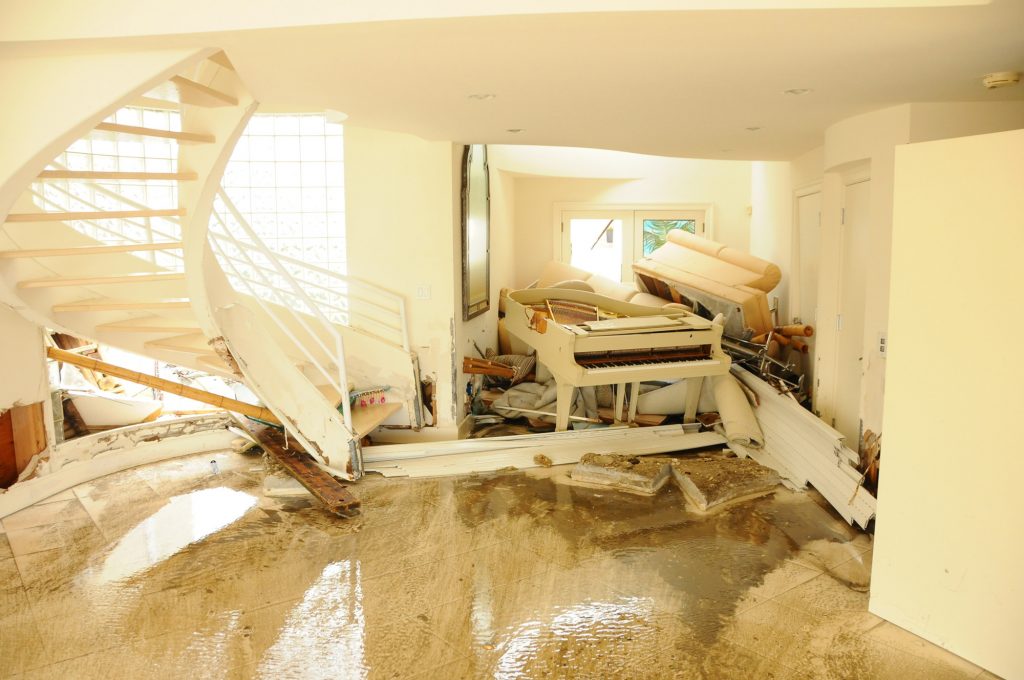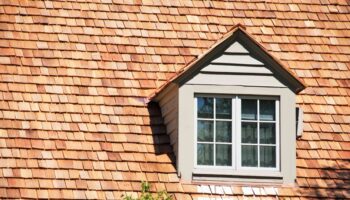Knowing what to do after a storm can really help in dealing with the aftermath. It affects everything from your belongings to your insurance claim to your vehicles. Not making the right choices right away can put your family, your stuff, and your money in danger. Know about Tree surgery options
What Counts as Storm Damage?
Storm damage is any harm caused by a storm. This could be to houses, businesses, cars, or other things. Storms can happen anywhere and for different reasons, like strong spring winds, tornadoes, heavy rain, hail, or winter storms with snow and ice. Fixing or replacing damaged stuff can cost a lot. Storms can happen any time of the year, catching people off guard. So, it’s important to know how to recover from storm damage.
Steps to Fix Storm Damage
- Check Your Home for Damage
- Review and Assess the Damage
- Contact Your Insurance Provider
- Avoid More Damage Where Possible
- Pick the Right Contractor for Home Storm Repair
Check Your Home for Storm Damage
After the storm passes, check your home to see how much damage there is. Certain damage may not be immediately apparent. Here are some safety tips before doing a thorough check:
– Check the news to make sure it’s safe to go out.
– Watch out for dangers like broken glass and exposed nails.
– Always assume downed power lines are dangerous and stay away.
– Steer clear of standing water, particularly in the vicinity of fallen power lines.
– If checking for damage after dark, use a flashlight, not a candle.
– Heavy winds and rain can cause hazards like collapsed roofs or standing water indoors.
If you smell gas or suspect a leak, turn off the gas, open windows, and leave immediately. Contact the gas company and authorities.
Evaluate and appraise the damage to your home.
Before contacting your insurance company, take photos of the damage. These can help the insurance adjuster see the damage better. Some vulnerable areas include:
– Roof: Look for holes, missing shingles, leaks, or dents.
– Windows and Doors: Check for cracks or holes, and board up broken windows.
– Exterior Surfaces: Look for damage to siding, paint, or outdoor appliances.
– Basement: Watch out for standing water, and if you have a sump pump, make sure it’s working.
Contact Your Insurance Provider
If you have insurance, you should get compensation for storm damage. Document the damage and any extra costs, like hotel stays. Your insurance company will assist you through the process of making a claim.
Avoid More Home Damage Where Possible
Start with repairs you can do yourself to prevent further damage. If you’re unsure, get professional help. Board up broken windows and secure your property.
Start repairing storm damage by selecting the appropriate contractor
Hire a professional contractor for safe and complete restoration. Deal with mold problems quickly to prevent potential health hazards. Choose a company that handles communication with insurers and ensures thorough repair.





